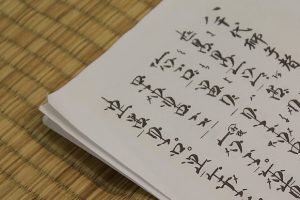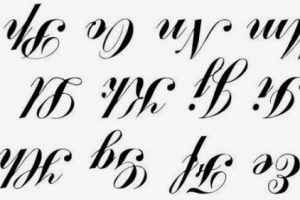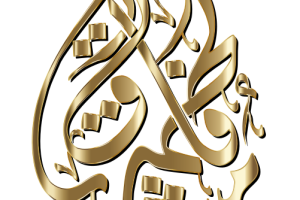Arabic calligraphy is a unique and beautiful form of writing that has been practiced for centuries. It is an art form that involves the precise and intricate use of a pen or brush to create flowing and decorative script. In this article, we will discuss the history, techniques, and styles of Arabic calligraphy.
The History of Arabic Calligraphy
Arabic calligraphy has a long and rich history that dates back to the 7th century. It was originally used to write the Arabic language and the Quran, the holy book of Islam. Over time, Arabic calligraphy evolved into a decorative art form, and calligraphers began to experiment with new styles and techniques.
The Techniques of Arabic Calligraphy
Arabic calligraphy is created using a variety of tools, including pens, brushes, and ink. The most common tool used in Arabic calligraphy is the qalam, a type of pen made from bamboo or reed. Calligraphers also use special types of ink, such as black or colored inks made from natural pigments.
The art of Arabic calligraphy is based on a set of rules and techniques. These rules include the correct way to hold the pen or brush, the angle at which the pen or brush should be held, and the correct sequence of strokes. Calligraphers also use a variety of decorative flourishes, such as dots, loops, and curves, to create intricate and beautiful script.
The Styles of Arabic Calligraphy
There are several different styles of Arabic calligraphy, each with its own unique characteristics and history. Some of the most popular styles include:
Kufic: Kufic is one of the oldest and most traditional styles of Arabic calligraphy. It features angular and geometric script that is often used for decorative purposes.
Naskh: Naskh is a more fluid and rounded style of Arabic calligraphy that is commonly used for writing the Quran and other religious texts.
Thuluth: Thuluth is a highly decorative and ornate style of Arabic calligraphy that is often used for inscriptions and monumental writing.
Diwani: Diwani is a highly stylized and decorative style of Arabic calligraphy that was developed in the Ottoman Empire. It is often used for official documents and royal decrees.
The Importance of Arabic Calligraphy
Arabic calligraphy is an important part of Islamic culture and is used to create beautiful works of art, such as Quranic verses, poetry, and inscriptions. It is also used in architecture, where it is used to decorate mosques, palaces, and other buildings.
In addition to its aesthetic value, Arabic calligraphy is also valued for its spiritual and symbolic significance. The intricate and flowing script is often seen as a reflection of the beauty and complexity of the natural world, and is used to convey messages of love, peace, and harmony.
Conclusion
In conclusion, Arabic calligraphy is a beautiful and intricate art form that has a long and rich history. It is created using a variety of tools and techniques, and there are several different styles of Arabic calligraphy to choose from. Whether used for decorative purposes or to convey spiritual and symbolic messages, Arabic calligraphy is an important and valued art form that continues to inspire and captivate people around the world.









Add Comment